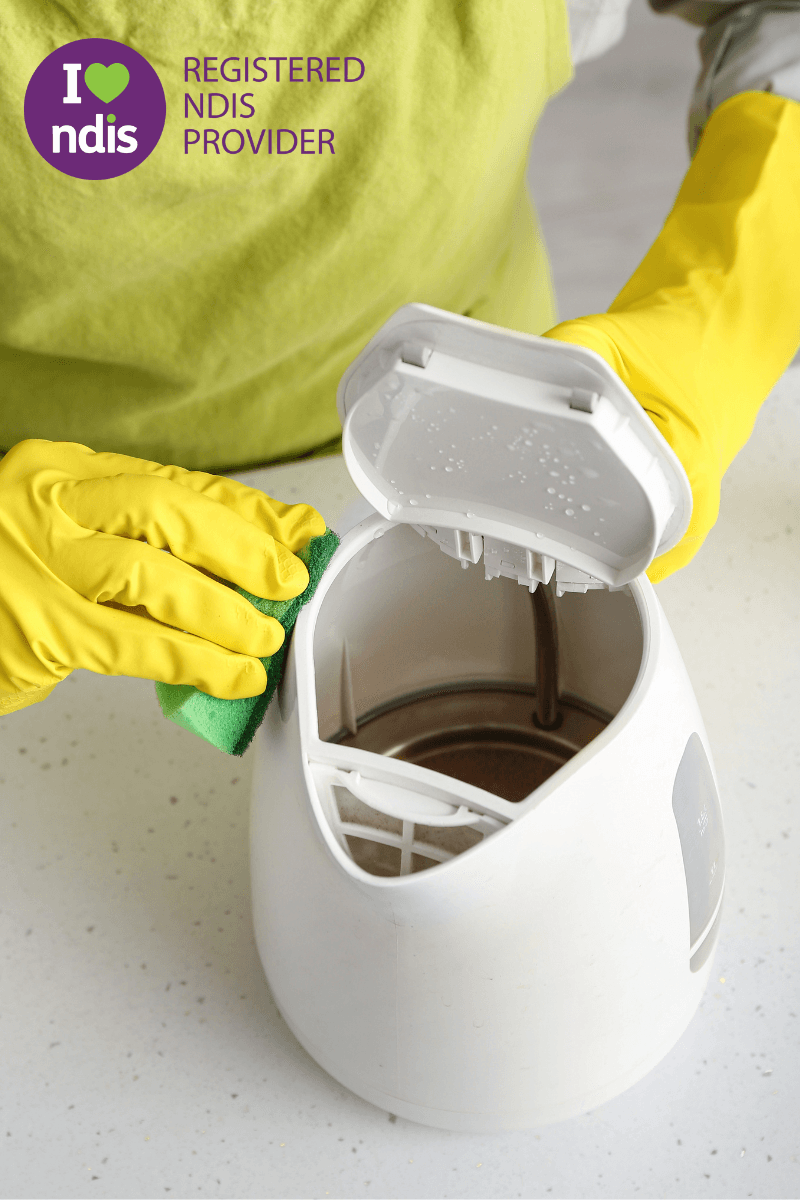Kettles are an indispensable part of modern kitchens, known for their efficiency and convenience in heating water for tea, coffee, or even soup. However, despite their frequent use, kettles often get overlooked when it comes to regular cleaning and maintenance. Neglecting this essential task can affect not only the performance of your kettle but also your health.
In this comprehensive guide, we’ll explain why cleaning your kettle is vital, explore effective cleaning methods using common household items, and provide expert tips to keep your kettle in top condition.
Table of Contents
- Why You Should Clean Your Kettle
- Homemade Methods for Cleaning and Descaling a Kettle
- Cleaning with Vinegar
- Cleaning with Lemon and Water
- Cleaning with Baking Soda
- How to Clean the Outside of a Kettle
- Removing Rust from a Kettle
- Essential Tips for Cleaning a Kettle
- Key Takeaways
Why You Should Clean Your Kettle
Neglecting your kettle can lead to limescale build-up, which not only affects its efficiency but also increases energy consumption as the appliance takes longer to heat water. Moreover, limescale can alter the taste and quality of the water, potentially impacting your health over time.
Limescale forms when hard water is boiled and left to sit. To prevent this, avoid leaving water in the kettle after use and clean the appliance regularly. If you live in an area with hard water, more frequent cleaning may be necessary. Experts recommend inspecting your kettle weekly for signs of build-up and addressing any deposits immediately.
Homemade Methods for Cleaning and Descaling a Kettle
Cleaning with Vinegar
White vinegar is an effective natural cleaner, perfect for tackling limescale in kettles made of stainless steel, plastic, or glass.
- Mix equal parts of white vinegar and water, enough to cover the affected areas.
- Pour the solution into the kettle and boil it.
- Unplug the kettle and let the solution sit for 15-20 minutes.
- Scrub the interior with a toothbrush, focusing on edges and hard-to-reach spots.
- Rinse thoroughly 2-3 times and let it dry.
- Boil fresh water to ensure no vinegar residue remains.
If limescale persists, repeat the process with undiluted vinegar.
Cleaning with Lemon and Water
Lemon is a natural and safe alternative for cleaning kettles, leaving a pleasant, fresh scent.
- Cut a lemon in half and squeeze the juice into the kettle. Use the halves to rub the interior.
- Add small lemon pieces and 500ml of water to the kettle.
- Boil the mixture and let it sit for 15 minutes.
- Once cool, scrub the interior with a soft sponge.
- Rinse 4-5 times and dry with a microfiber cloth.
Cleaning with Baking Soda
Baking soda is another versatile cleaner for kettles.
Option 1:
- Mix 1 teaspoon of baking soda with 500ml of water.
- Boil the solution in the kettle and let it sit for 15 minutes.
- Pour out the solution, rinse thoroughly, and test the water quality.
Option 2:
- Create a paste using 1 tablespoon of baking soda and a few drops of water.
- Scrub the interior with a toothbrush.
- Rinse thoroughly and boil fresh water to check for cleanliness.
How to Clean the Outside of a Kettle
To clean the exterior:
- Mix warm water and dish soap.
- Use a soft sponge to scrub the outside gently.
- Rinse with clean water and dry with a microfiber cloth.
Tips: Avoid immersing the kettle in water to protect the heating elements.
Removing Rust from a Kettle
Rust can form in kettles, especially in areas with hard water. To remove rust:
- Scrub rust spots gently with a wire brush.
- Rinse with cold water.
- For stubborn rust, soak the kettle in Coca-Cola for 20 minutes or overnight.
- Clean thoroughly with warm water.
Essential Tips for Cleaning a Kettle
- Regularly clean the kettle to prevent heavy limescale build-up.
- Soak removable filters in vinegar for 10 minutes to loosen residue, then scrub gently and rinse.
- Avoid scrubbing heating elements as this can damage their protective coating.
- Empty leftover water after each use to prevent rust and prolong the kettle’s life.
Key Takeaways
- Regular kettle maintenance prevents damage, improves efficiency, and ensures better water quality.
- Homemade cleaning solutions like vinegar, lemon, and baking soda are effective, affordable, and safe.
- Always rinse thoroughly after cleaning to avoid residue.
Keeping your kettle clean doesn’t have to be a challenge. If you find maintaining household appliances overwhelming, consider hiring professional cleaning services for assistance. A well-maintained kettle ensures great-tasting beverages and a longer lifespan for your appliance.

